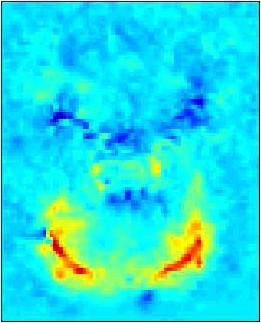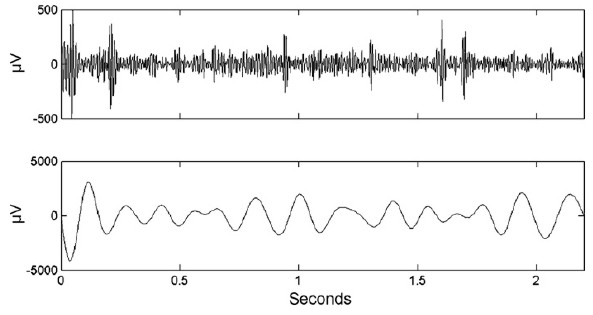Research
This page describes a number of research areas that you can find out more about by reading the relevant publications. What is common to each research area is a methodology based on Bayesian inference and an application to neuroscience. The tools produced in these projects are all available in the SPM software package.
Signal Processing
Dynamic Causal Modeling
Spatiotemporal Models
Traditionally, data analysis methods for fMRI data have primarily used time-series models whereas in M/EEG the analysis methods required for source reconstruction have been primarily spatial. It is the working hypothesis of this project that both M/EEG and fMRI could benefit from a full spatio-temporal analysis. For fMRI this requires augmenting time series models with spatial priors and for M/EEG augmenting spatial with temporal models. We have shown that these methods provide neuroscientists with more sensitive detection tools. This allows them to find more subtle neuronal activations that would otherwise be obscured in experimental noise. This project is an ongoing collaboration with a number of researchers including Nelson Trujillo-Barreto, Lee Harrison, Guillaume Flandin and Maria Joao.
Dynamical Causal Models
Dynamical Causal Modeling (DCM) is a Bayesian estimation framework for fitting differential equation models of neuronal activity to brain imaging data. I have initially focussed on Bayesian model comparison methods required for comparing different models. This allows researchers to formally compare different theories about the architectures of the large-scale neural networks that mediate human cognition. More recently, I have worked on descriptions of neurodynamics based on coupled oscillator models. This allows one to study the dynamics of synchronization processes in the brain, which neuroscientists believe may provide a substrate for information transfer among different brain regions. This project is an ongoing collaboration with Karl Friston, Klaas Stephan, Stefan Kiebel, Andrea Mechelli, Vladimir Litvak, Emrah Duzel and Lluis Fuentemilla.
Signal Processing
I have worked on recasting a number of traditional signal processing methods, such as independent component analysis, mixture modelling and autoregressive models, into a Bayesian estimation framework. This provides model selection criteria for determining, eg. the optimal number of filter lags. More recent work has focussed on robust estimation methods, and algorithms for finding nested oscillations. This is of interest to neuroscientists as, for example, the nesting of gamma bursts (30-80Hz) within theta oscillations (4-8Hz) is thought to underlie aspects of short term memory. This work has involved collaborations with Steve Roberts, Uta Noppeney, Kai Miller and Jeff Ojemann.
